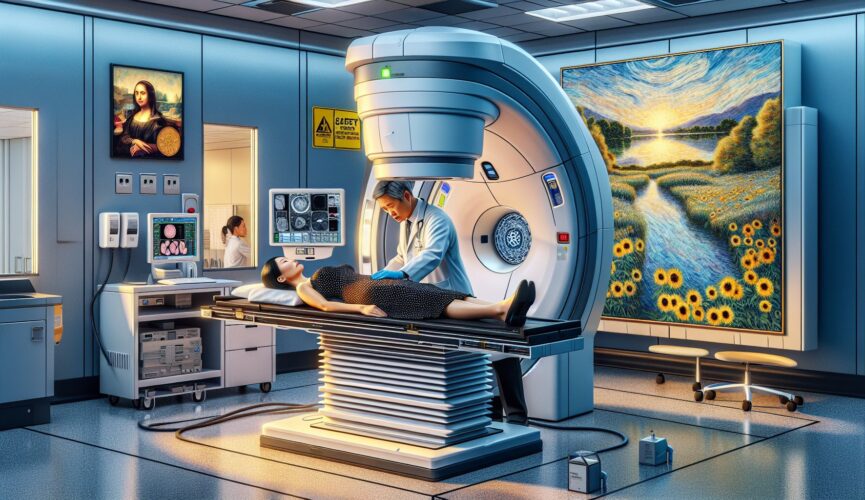Radiology plays a crucial role in the treatment of cancer by using advanced imaging techniques to diagnose and stage the disease, as well as deliver targeted treatments to tumors. In this article, we will explore the different diseases that radiology can treat for people with cancer.
Introduction to Radiology in Cancer Treatment
Radiology is a branch of medicine that uses medical imaging to diagnose and treat a variety of diseases, including cancer. In cancer treatment, radiology plays a key role in both diagnosis and therapy. Through various imaging techniques such as X-rays, CT scans, MRIs, and PET scans, radiologists are able to locate tumors, assess their size and spread, and determine the best course of treatment.
Diseases Treated by Radiology in Cancer Patients
Radiology is used to treat a wide range of diseases in cancer patients, including:
-
Tumor Detection: One of the primary roles of radiology in cancer treatment is the detection of tumors. By using imaging techniques such as CT scans and MRIs, radiologists are able to locate and visualize tumors in the body, helping oncologists to determine the best treatment approach.
-
Tumor Staging: Once a tumor is detected, radiology is used to stage the cancer, which involves determining the size of the tumor and whether it has spread to other parts of the body. This information is crucial in planning the most effective treatment strategy for the patient.
-
Monitoring Treatment Response: During cancer treatment, radiology is used to monitor how well the treatment is working. By taking images of the tumor before, during, and after treatment, radiologists can assess whether the tumor is shrinking, growing, or staying the same size. This information helps oncologists to make any necessary adjustments to the treatment plan.
-
Image-Guided Biopsies: Radiology is also used to guide biopsies, which involve taking a small sample of tissue from the tumor for further analysis. By using imaging techniques to precisely locate the tumor, radiologists can help ensure that the biopsy sample is taken from the most relevant area.
-
Radiation Therapy: In addition to imaging, radiology is also used in delivering radiation therapy to cancer patients. Radiation therapy uses high-energy beams to target and kill cancer cells. Radiologists carefully plan the delivery of radiation to ensure that the tumor receives the maximum dose while minimizing exposure to surrounding healthy tissue.
Conclusion
In conclusion, radiology plays a critical role in the treatment of cancer by aiding in the diagnosis, staging, monitoring, and treatment of the disease. By employing advanced imaging techniques and radiation therapy, radiologists are able to target tumors with precision and improve outcomes for cancer patients. It is important for cancer patients to work closely with their healthcare team, including radiologists and oncologists, to develop a comprehensive treatment plan that takes full advantage of the benefits of radiology in cancer care.
In the fight against cancer, radiology is a powerful ally that helps guide treatment decisions and improve patient outcomes. By understanding the various diseases that radiology can treat for people with cancer, patients can take an active role in their treatment and have confidence in the care they receive.
